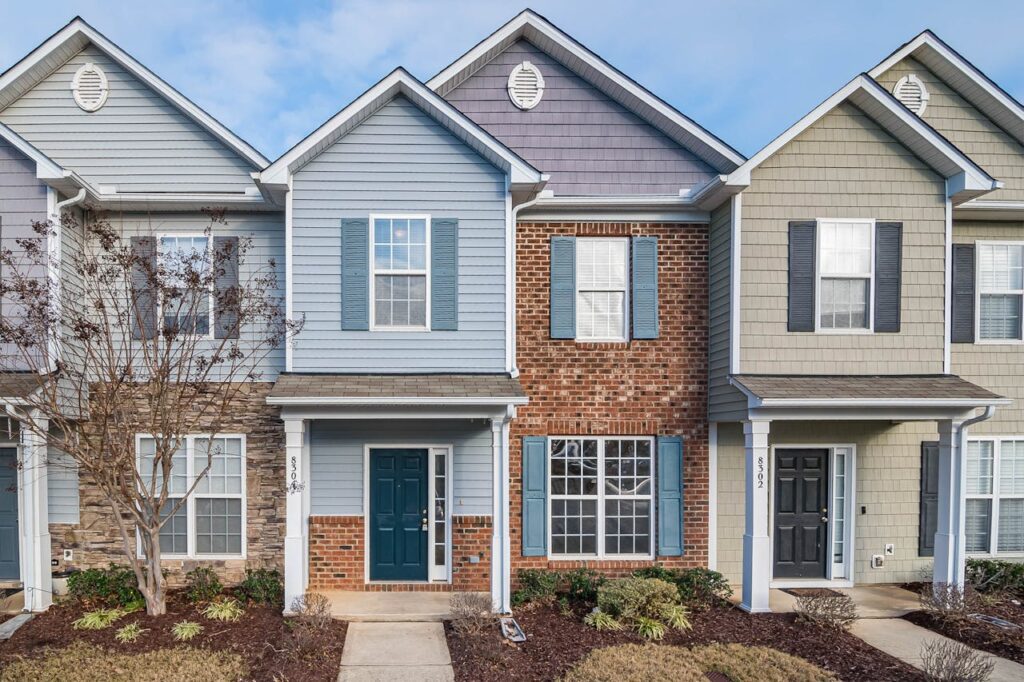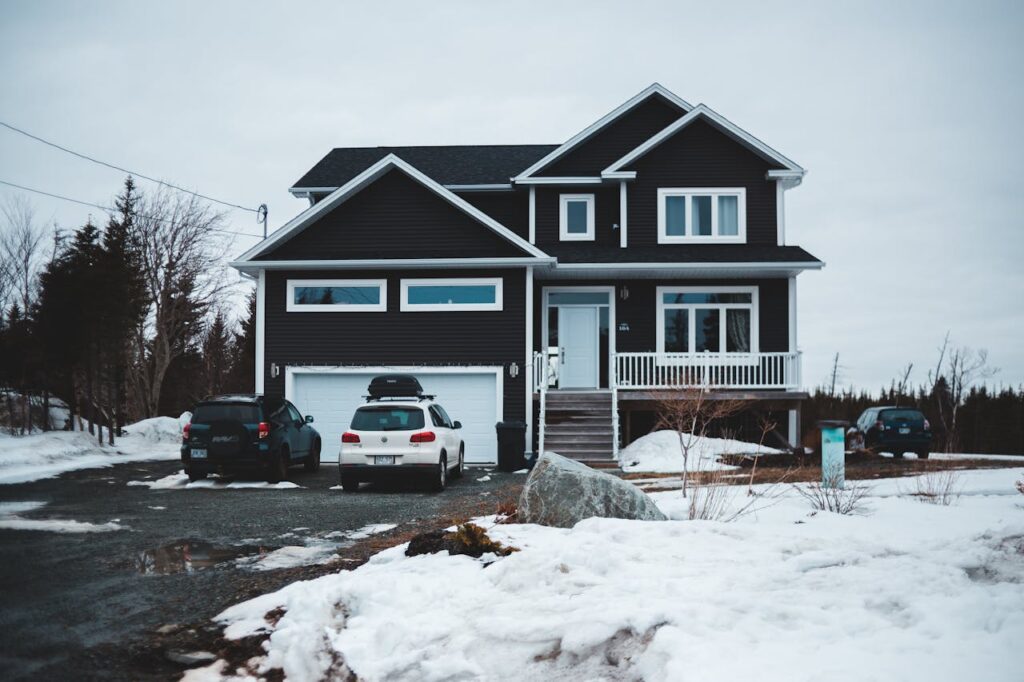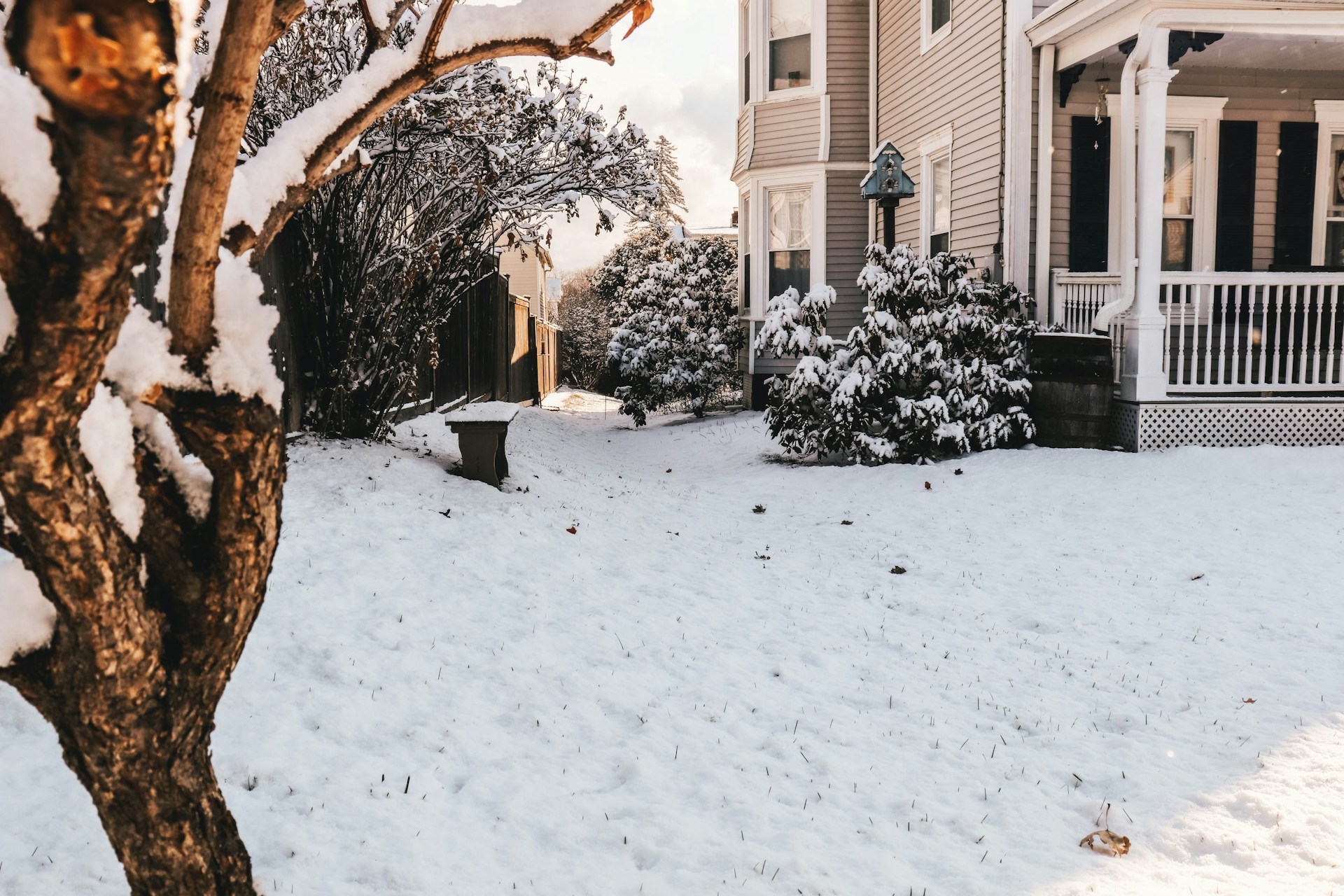Table of Contents
- Introduction
- Importance of Preparing Your Home for Winter
- Roof Repairs and Replacement: The First Line of Defense
- Inspecting for Damage
- Fixing Leaks and Weak Spots
- Considering Roof Replacement
- Upgrading Windows for Energy Efficiency and Comfort
- Inspecting for Drafts
- Double- or Triple-Glazed Windows
- Weatherstripping and Caulking
- Insulation Improvements: Keeping the Cold Out
- Attic Insulation
- Wall and Floor Insulation
- Insulating Exterior Doors
- Gutter Maintenance and Installation: Preventing Ice Dams
- Cleaning Your Gutters
- Installing Gutter Guards
- Ensuring Proper Drainage
- Exterior Siding Upgrades: Weatherproof Your Home
- Inspecting and Repairing Damaged Siding
- Choosing Durable Materials
- Insulated Siding for Improved Insulation
- Driveway and Walkway Maintenance: Safety First
- Repairing Cracks and Damage
- Installing Heated Driveways
- Adding Slip-Resistant Coatings
- Upgrading Exterior Doors and Seals for Energy Efficiency
- Inspecting for Drafts
- Installing Energy-Efficient Doors
- Replacing or Adding Weatherstripping
- Winter-Proofing Your Garage: Keep It Functional Year-Round
- Insulating Garage Walls and Doors
- Upgrading to Insulated Garage Doors
- Sealing Gaps and Cracks
- Conclusion
- Final Thoughts on Preparing Your Home for Winter with David Reno
Introduction
As winter approaches, homeowners in Toronto and the GTA must ensure their homes are prepared to face the harsh Canadian weather. Freezing temperatures, heavy snowfall, and icy conditions can take a toll on your home’s exterior, leading to potential damage and costly repairs if not addressed in advance. Fortunately, by investing in essential exterior renovations, you can protect your home, maintain its value, and stay comfortable throughout the winter months.
At David Reno, we specialize in comprehensive home renovation services, including full custom home builds, interior and exterior renovations, bathroom renovations, kitchen renovations, basement renovations, open-concept designs, and landscaping. This guide will explore the most critical exterior renovations to consider to prepare your home for winter.
1. Roof Repairs and Replacement: The First Line of Defense

Your roof is your home’s first line of defense against the elements. During winter, it endures heavy snow loads, ice dams, and fluctuating temperatures, making it vital to ensure that your roof is in optimal condition before the cold weather sets in. Here are key aspects to focus on:
Inspect for Damage
Inspect your roof for signs of wear and tear, such as missing or damaged shingles, cracked flashing, or any other vulnerabilities. A thorough roof inspection by professionals can help identify these issues early and prevent leaks or structural damage during winter storms.
Fix Leaks and Weak Spots
Even minor leaks or weak spots can lead to significant issues during winter when melting snow can seep into your home, causing water damage or mold growth. Repairing leaks and reinforcing weak areas can save you from major headaches down the road.
Consider Roof Replacement
If your roof is nearing the end of its lifespan, it may be time for a replacement. Modern roofing materials are designed to withstand the toughest weather conditions, offering better insulation, energy efficiency, and durability. Upgrading to a newer, more weather-resistant roof can provide peace of mind for years to come.
2. Upgrading Windows for Energy Efficiency and Comfort
Windows play a crucial role in keeping your home insulated during the winter months. Old or inefficient windows can allow cold air to seep in and heat to escape, increasing your energy bills and making your home less comfortable. Replacing your windows can significantly improve energy efficiency and keep the cold at bay.
Inspect for Drafts
Before winter, check your windows for drafts or gaps around the frames. If you feel cold air entering your home, it’s time to consider upgrading to more energy-efficient windows.
Double- or Triple-Glazed Windows
Investing in double- or triple-glazed windows can significantly improve your home’s insulation. These types of windows are designed with multiple panes of glass, creating insulating air gaps that reduce heat loss. Not only will they keep your home warmer, but they will also help reduce energy costs.
Weatherstripping and Caulking
If replacing your windows isn’t feasible, consider adding weatherstripping or caulking around the frames to seal any gaps and prevent drafts. This is a quick and cost-effective solution to improve insulation without a full replacement.
3. Insulation Improvements: Keeping the Cold Out
Proper insulation is essential for maintaining a comfortable indoor temperature during winter. Without adequate insulation, your home can lose heat rapidly, forcing your heating system to work harder and increasing your energy costs. Several areas of your home’s exterior can benefit from insulation upgrades:
Attic Insulation
Heat rises, and without proper attic insulation, it can escape through your roof, making your home colder and your energy bills higher. Upgrading attic insulation is one of the most effective ways to improve energy efficiency and keep your home warm during the winter.
Wall and Floor Insulation
In addition to the attic, consider adding insulation to your walls and floors, especially if you live in an older home. Properly insulated walls and floors help maintain a consistent indoor temperature and prevent cold air from seeping in.
Insulating Exterior Doors
Exterior doors are another common source of heat loss. If your doors are old or drafty, consider replacing them with insulated doors designed to withstand harsh winter conditions.
4. Gutter Maintenance and Installation: Preventing Ice Dams
Gutters play a vital role in directing water away from your home, preventing water damage, foundation issues, and ice dams. Ice dams form when melting snow refreezes at the edge of your roof, causing water to back up and potentially leak into your home.
Clean Your Gutters
Before winter, make sure to clean your gutters of leaves, debris, and any blockages. Clogged gutters can lead to water buildup and ice dams, which can cause roof damage and water infiltration.
Install Gutter Guards
Gutter guards can help prevent debris from accumulating in your gutters, reducing the risk of clogs and making maintenance easier. They’re particularly helpful in preventing ice dams during the winter months.
Check for Proper Drainage
Ensure that your downspouts are directing water away from your home’s foundation. Improper drainage can lead to water pooling around your home, which can freeze and cause foundation issues or create slippery surfaces.
5. Exterior Siding Upgrades: Weatherproof Your Home

Your home’s siding protects it from the elements and plays a critical role in its overall energy efficiency. Over time, siding can become damaged or worn, compromising its ability to protect your home from harsh weather conditions.
Inspect and Repair Damaged Siding
Inspect your siding for cracks, warping, or other damage that could allow moisture to penetrate your home. Repairing or replacing damaged siding can prevent water infiltration, mold growth, and energy loss.
Choose Durable Materials
If it’s time to replace your siding, opt for durable, weather-resistant materials like fiber cement or vinyl. These materials are designed to withstand extreme temperatures, moisture, and wind, ensuring that your home is well-protected during the winter months.
Improve Insulation with Insulated Siding
Insulated siding adds an extra layer of protection against the cold, improving your home’s energy efficiency. This type of siding comes with built-in insulation, reducing heat loss and keeping your home warmer throughout the winter.
6. Driveway and Walkway Maintenance: Safety First
Winter weather can make driveways and walkways hazardous, with ice and snow creating slippery surfaces that pose a risk to you and your family. Proper maintenance and repairs can help prevent accidents and keep your outdoor spaces safe.
Repair Cracks and Damage
Inspect your driveway and walkways for cracks or damage that could worsen during the winter months. Cold temperatures and moisture can cause existing cracks to expand, leading to more significant damage. Repairing these issues before winter arrives can prevent further deterioration.
Consider Heated Driveways
If you live in an area that experiences heavy snowfall, installing a heated driveway can be a game-changer. Heated driveways melt snow and ice automatically, reducing the need for shoveling and minimizing the risk of slips and falls.
Add Slip-Resistant Coatings
Applying a slip-resistant coating to your driveway and walkways can provide extra traction during icy conditions. This is a simple and effective way to enhance safety and reduce the risk of accidents.
7. Upgrading Exterior Doors and Seals for Energy Efficiency
Your home’s exterior doors play a significant role in its energy efficiency. Old or poorly sealed doors can allow cold air to enter, making it harder to keep your home warm and increasing your heating costs.
Inspect for Drafts
Check your exterior doors for drafts or gaps that could be allowing cold air to enter. If you notice any, it may be time to upgrade to more energy-efficient doors.
Install Energy-Efficient Doors
Energy-efficient doors are designed to minimize heat loss and keep your home insulated during the winter months. Look for doors with high R-values (a measure of insulation) and weather-resistant materials.
Replace or Add Weatherstripping
If a full door replacement isn’t necessary, consider adding or replacing weatherstripping around your doors to seal any gaps and prevent drafts. This is an affordable way to improve your home’s energy efficiency and comfort.
8. Winter-Proofing Your Garage: Keep It Functional Year-Round

If your garage is attached to your home, it’s essential to winter-proof it to prevent cold air from entering and impacting your home’s overall insulation. Even detached garages can benefit from proper winterization to protect vehicles, tools, and other stored items.
Insulate Garage Walls and Doors
Adding insulation to your garage walls and doors can help keep the space warmer during the winter months. This is especially important if you use your garage for more than just parking your car, such as a workshop or storage space.
Upgrade to Insulated Garage Doors
If your garage door is old or inefficient, consider upgrading to an insulated garage door. Insulated doors help regulate the temperature inside your garage, reducing heat loss and keeping the space more comfortable.
Seal Gaps and Cracks
Inspect your garage for any gaps, cracks, or openings that could allow cold air to enter. Sealing these areas with caulk or weatherstripping can help improve insulation and keep your garage warmer throughout the winter.
Conclusion
Preparing your home for winter is essential to ensuring its longevity, comfort, and energy efficiency. By focusing on key exterior renovations such as roof repairs, window upgrades, insulation improvements, and siding maintenance, you can protect your home from harsh weather conditions and reduce your energy costs. At David Reno, we specialize in comprehensive home renovations that are tailored to meet the unique needs of homeowners in Toronto and the GTA.
Whether you’re considering a full exterior renovation or looking to make smaller, targeted upgrades, our team of experts is here to help. Contact David Reno today to learn more about how we can prepare your home for the winter season and beyond.

